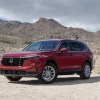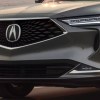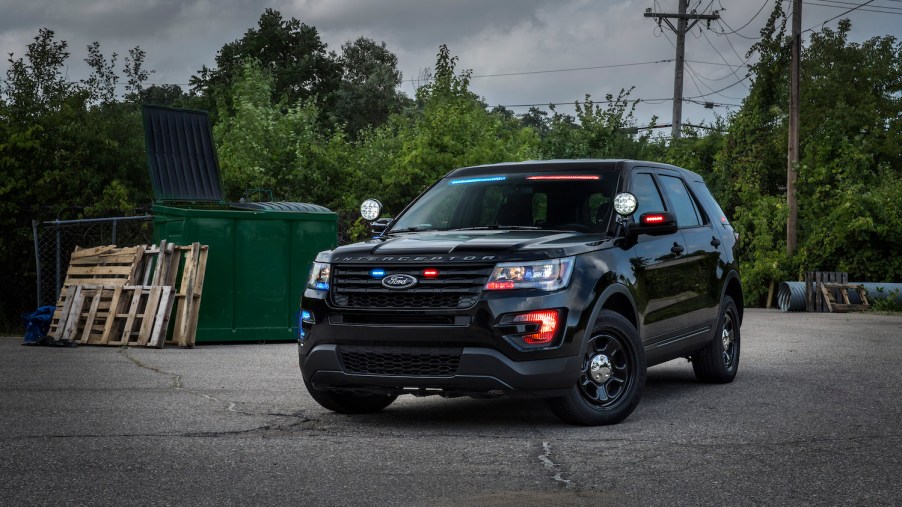
Why Are So Many Police Cars Actually Police SUVs?
Have you noticed that many police cars are actually police SUVs? The most common police vehicle is Ford’s Interceptor Utility, based on the Explorer. Ford once offered an interceptor based on its platform-mate, the Taurus, but the SUV sold so much better, Ford discontinued its police sedan. Why do departments love this SUV? Because it’s very fast, offers lots of cargo space, and may be more comfortable for day-to-day police work.
Ford’s Interceptor Utility is a surprisingly fast SUV
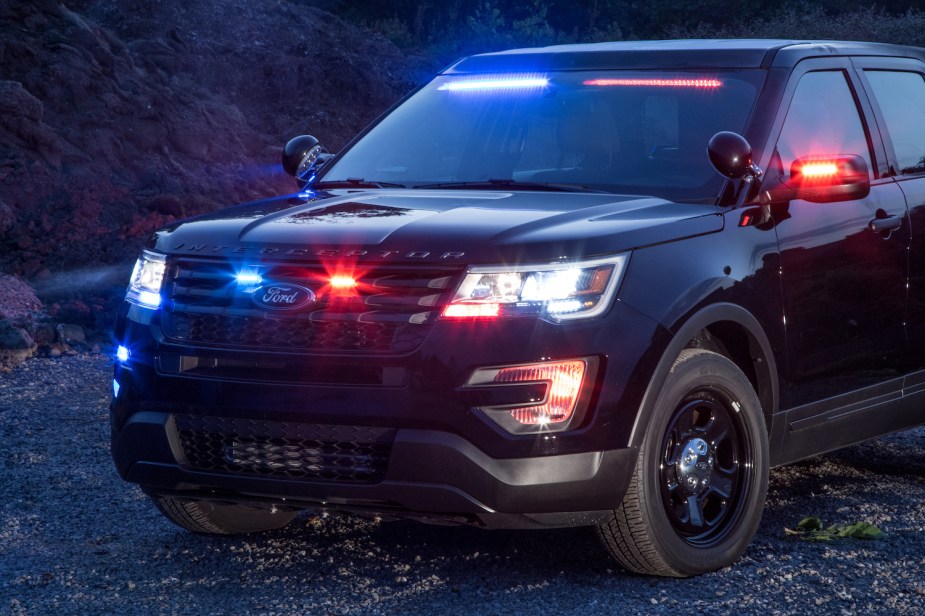
When Ford announced it would replace the beloved Crown Victoria Police Interceptor with an all-new Interceptor and Interceptor Utility, some police departments were shocked to learn they could no longer order a V8 engine.
Ford launched the Interceptor Utility in 2013 with the Mustang’s naturally-aspirated V6: the Cyclone 3.7-liter. In the Interceptor, this engine made 304 horsepower and was mounted transversely in the AWD vehicle. In 2014, Ford added a 3.5-liter EcoBoost V6 option for its police SUV. This turbocharged engine makes 365 horsepower, and both were offered with a six-speed automatic with column shifter.
The V6 engines made enough power to rocket Ford’s Interceptor SUV into the number one spot, as the most popular police vehicle in the U.S. But when Ford redesigned the vehicle for 2020, it turned the performance up a notch. It added a 3.0-liter EcoBoost V6 capable of 400 horsepower. It also rolled out a 318 horsepower engine option.
The new EcoBoost makes the latest Police Interceptor Utility the quickest widely available patrol car. The Michigan State Police tested its 0-60 time at jsut 5.5 seconds.
Police SUVs offer more space
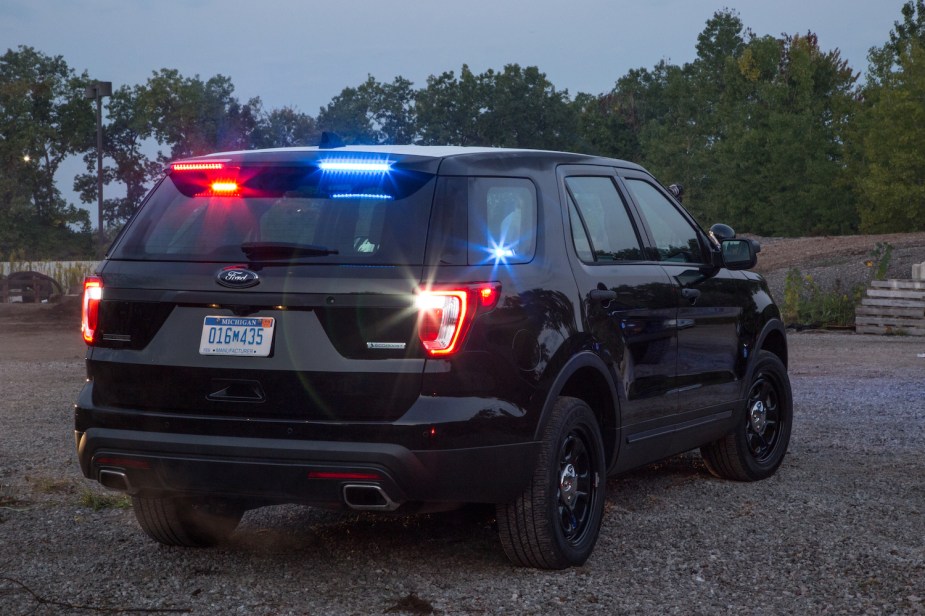
Modern police carry a ton of gear. The Ford Police Interceptor Utility’s rear cargo compartment is often shelved so officers can stow all their tools of the trade. When the folks at Donut media went over an Interceptor Utility police SUV in active duty, they found its rear upper shelf full of more disposable items: gloves, fingerprint kit, first aid kit, and “Police Line” marking tape. The lower shelf tends to hold bulkier items such as traffic cones and riot gear.
Police officers do not need to lock their guns, even longer guns such as rifles and shotguns, in this SUVs truck. That is because Ford’s Interceptor Utility is tall enough for a rack between the driver and front passenger seats where police can lock two long guns in place, vertically.
An SUV ride-height is more ergo dynamic
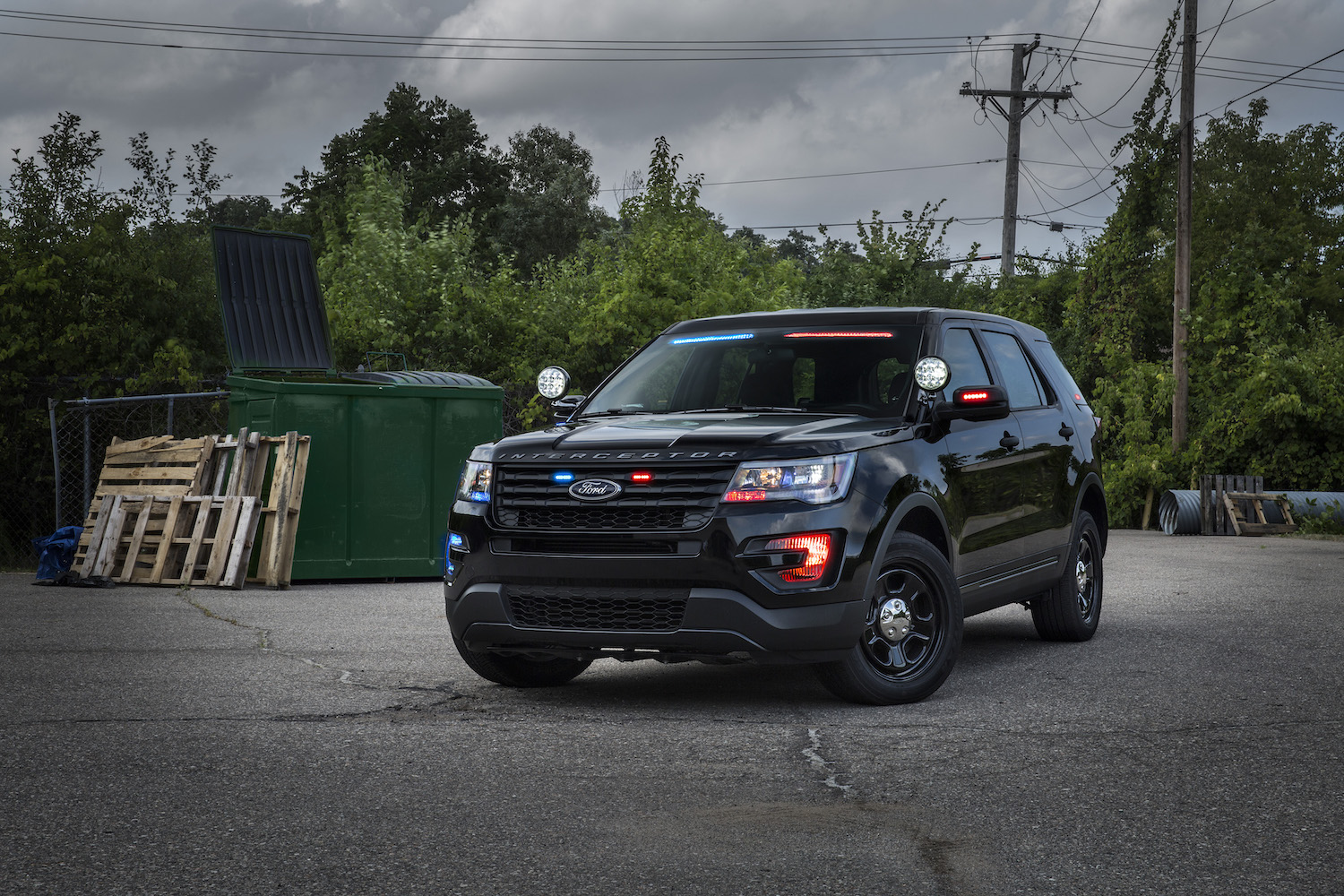
You might not be surprised to hear that police officers get in and out of their cruisers about forty times in an average traffic enforcement shift. Some officers complained to Donut media that sliding in and out of low sedan-style cruisers that many times a day gave them back pain.
As hard as it is for police officers to climb in and out of cruiser sedans, it can be equally difficult to get a handcuffed suspect into the back of a low car. This leads to police officers having to guide suspects in, and reminding them to watch their head as they settle into the seat. A police SUV solves much of this problem.
Ford took innovation one step further with its Interceptor SUV, suspending the rear seatbelts in front of the seat and placing the buckles near the doors so officers could buckle suspects in without having to lean over them.
This may be one of the main reasons departments were quick to adopt the quick and spacious Ford Interceptor Utility, converting from police sedans to police SUVs.
Next, learn how to spot an unmarked police car or see Donut review the Ford Interceptor Utility in the video below:

